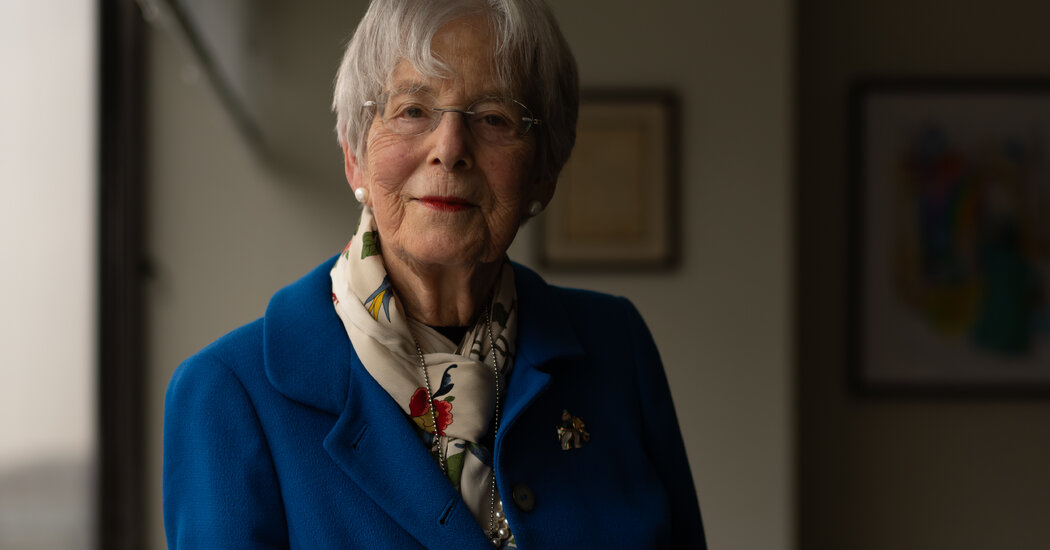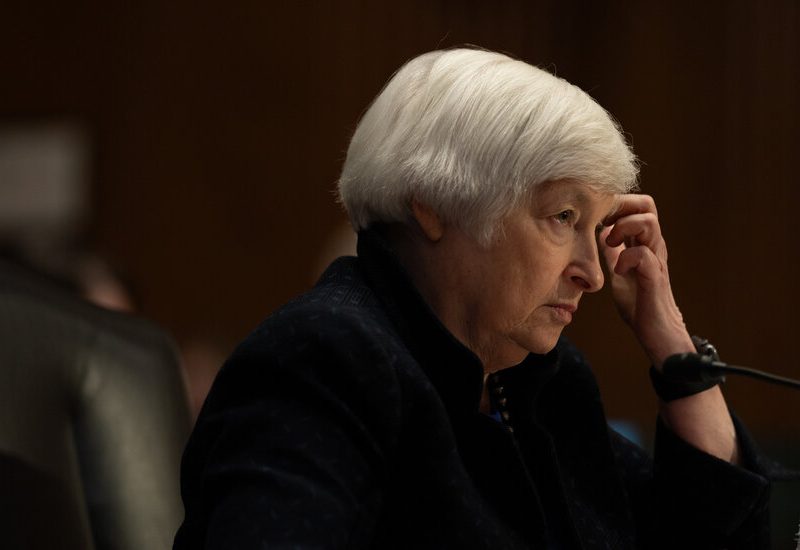If the news of the Gottesman gift was received with such admiration and excitement, it was in part because it seemed to drown out the noise of transactionalism banging around so much generosity. Rarely had it been louder than it was in recent months when some of the most successful people on Wall Street made it their side hustle to work toward ousting university presidents whose ideologies and management styles were not aligned with their own.
“There’s a wonderful humility to the story,” Amir Pasic, dean of Indiana University’s Lilly Family School of Philanthropy, observed, especially given what he described as a “change in sentiment” among donors, who look at giving as an investment rather than “a community process.” This dynamic is much more prevalent now than it was even 20 years ago.
The Einstein gift is the third-largest ever made to an institution of higher learning. (Michael Bloomberg’s $1.8 billion to Johns Hopkins, his alma mater, leads the list.) Einstein will not displace its namesake to be called the Ruth Gottesman College of Medicine, nor does its benefactor seem to be demanding any other form of grand institutional deference.
Ruth Gottesman has been involved with the school for more than 55 years, first as a specialist in the diagnosis and treatment of learning disabilities and then as a trustee. Dr. Gottesman knew, as Mr. Pasic put it, “how the sausage was being made at a very intimate level.” What she noticed in particular was the gristle — how tough it was, particularly for anyone hoping to go into the field of primary care, to leave school burdened with the kind of debt a $59,000 a year tuition can carry. Nearly half of all students at Einstein wind up owing $200,000 or more when they leave.
The cost of a medical education is one major factor driving the doctor shortage that Jesse M. Ehrenfeld, president of the American Medical Association, has called a national crisis. In an October speech at the National Press Club, he said that, the physician shortfall in the United States could climb to at least 37,000 over the next decade, and it might reach 100,000. Some of the greatest need is in family medicine, where the pay is typically much lower than it is among the various specialties. Last year, 217 residency spots in family medicine went unfilled, the highest in any category. By comparison, anesthesiology had just one vacancy — there were zero in residencies for plastic surgeons.



